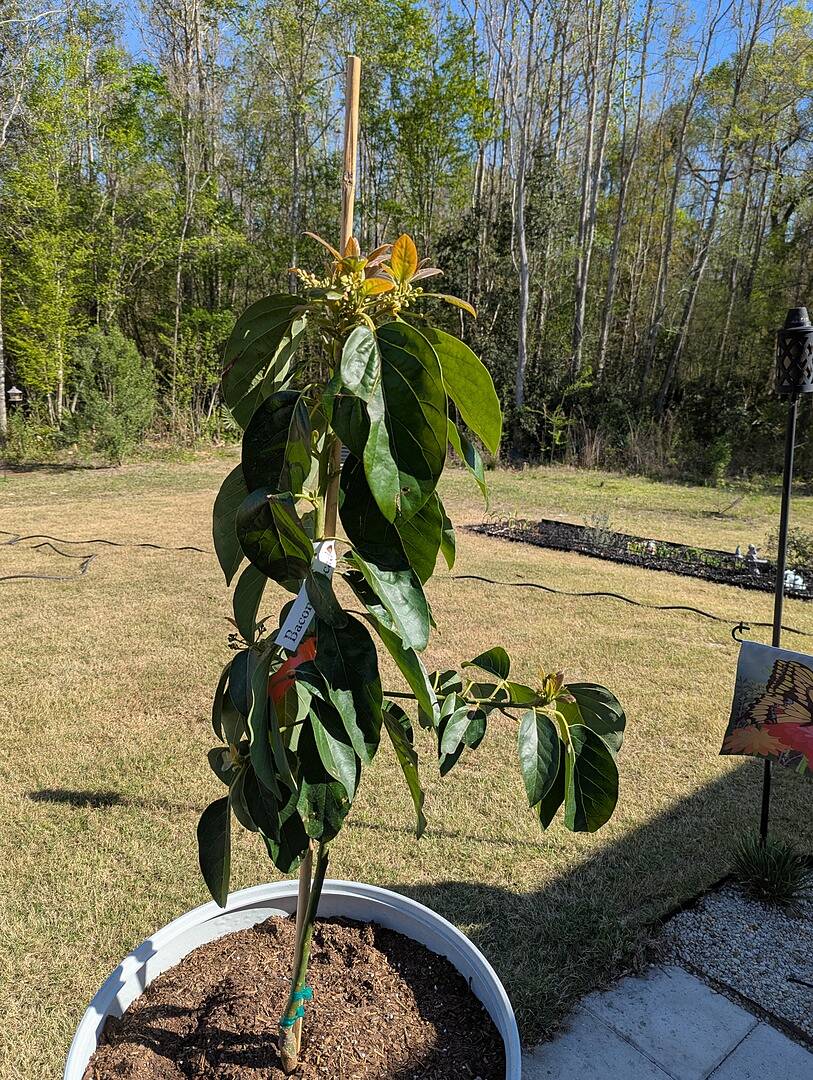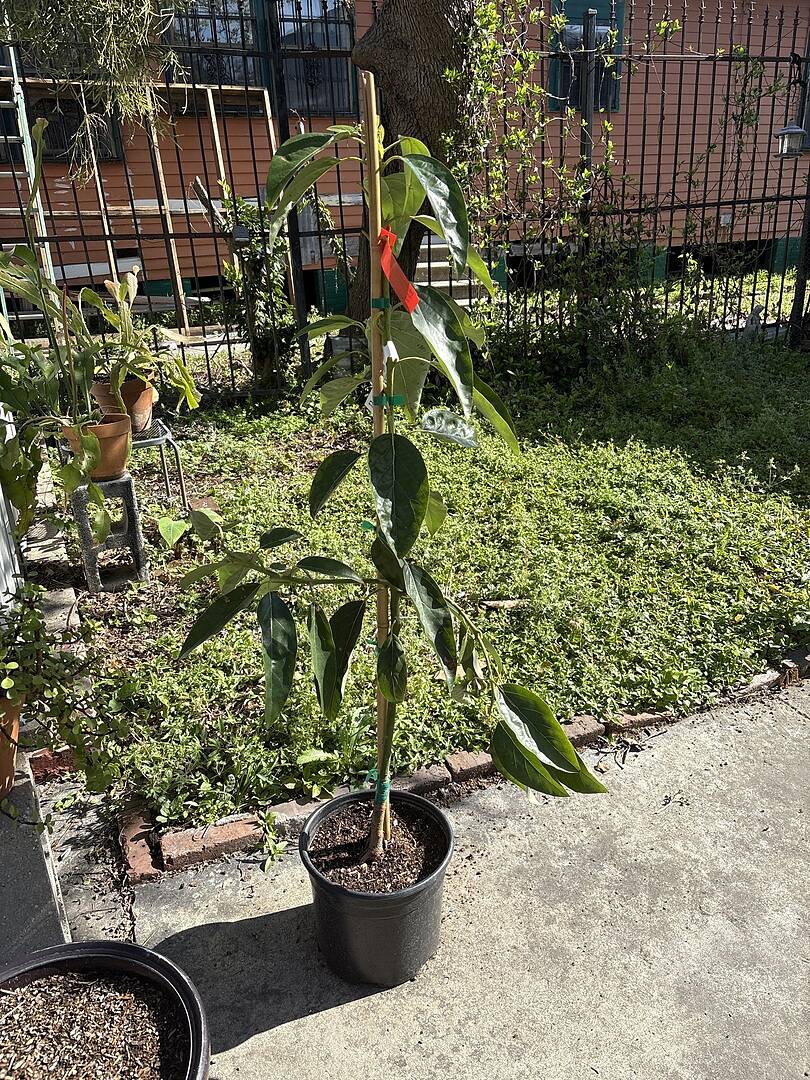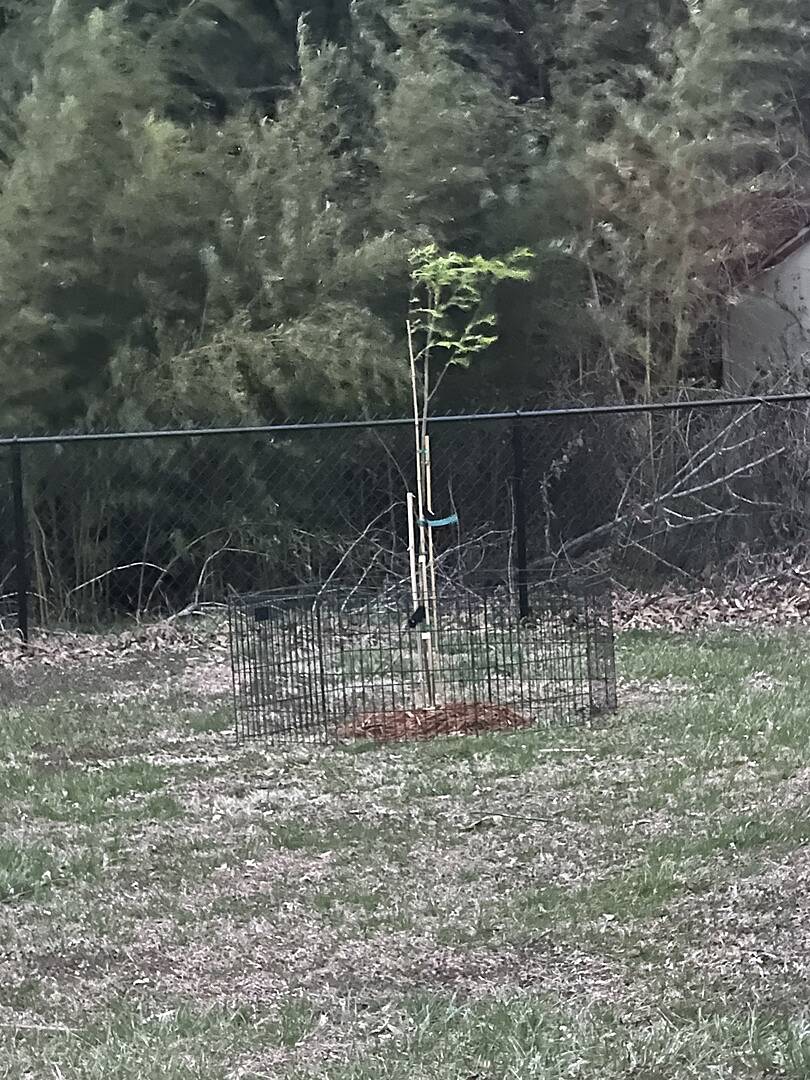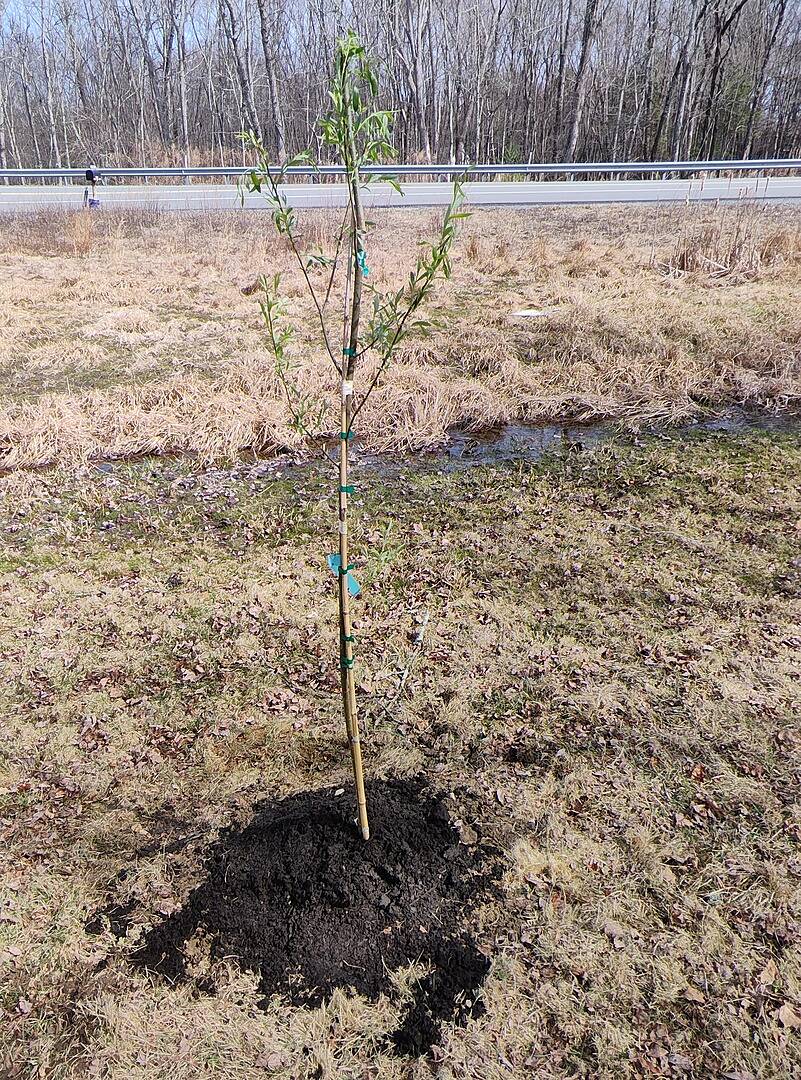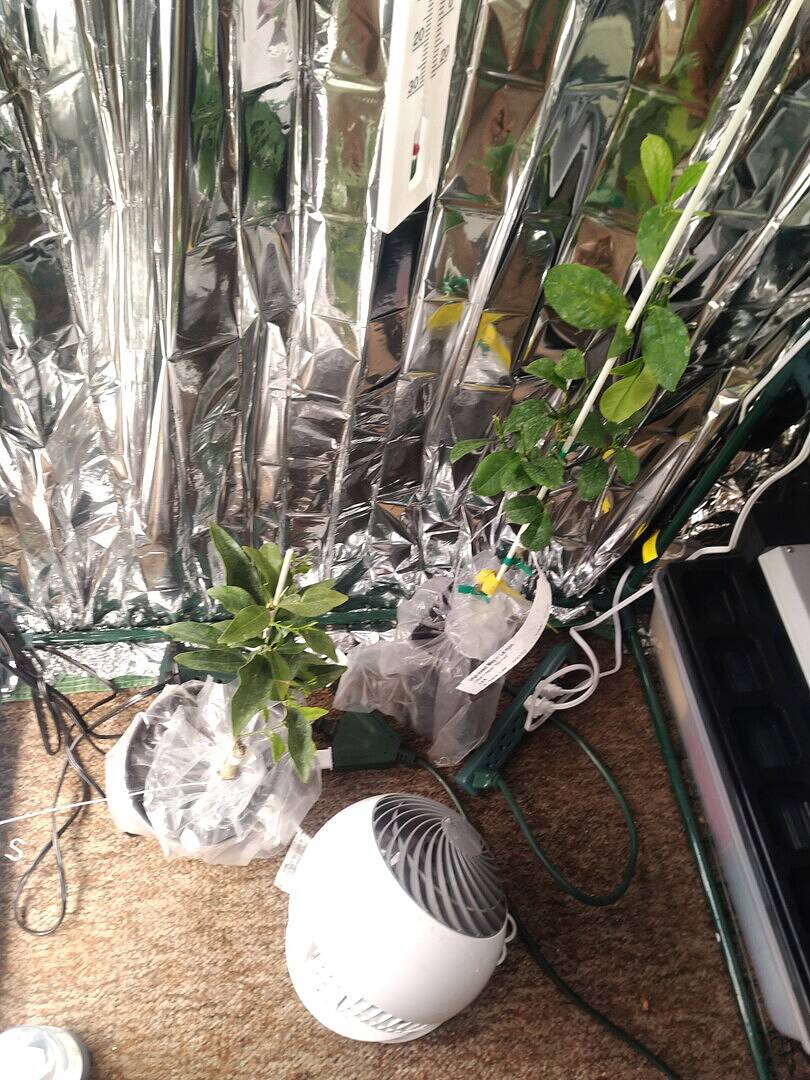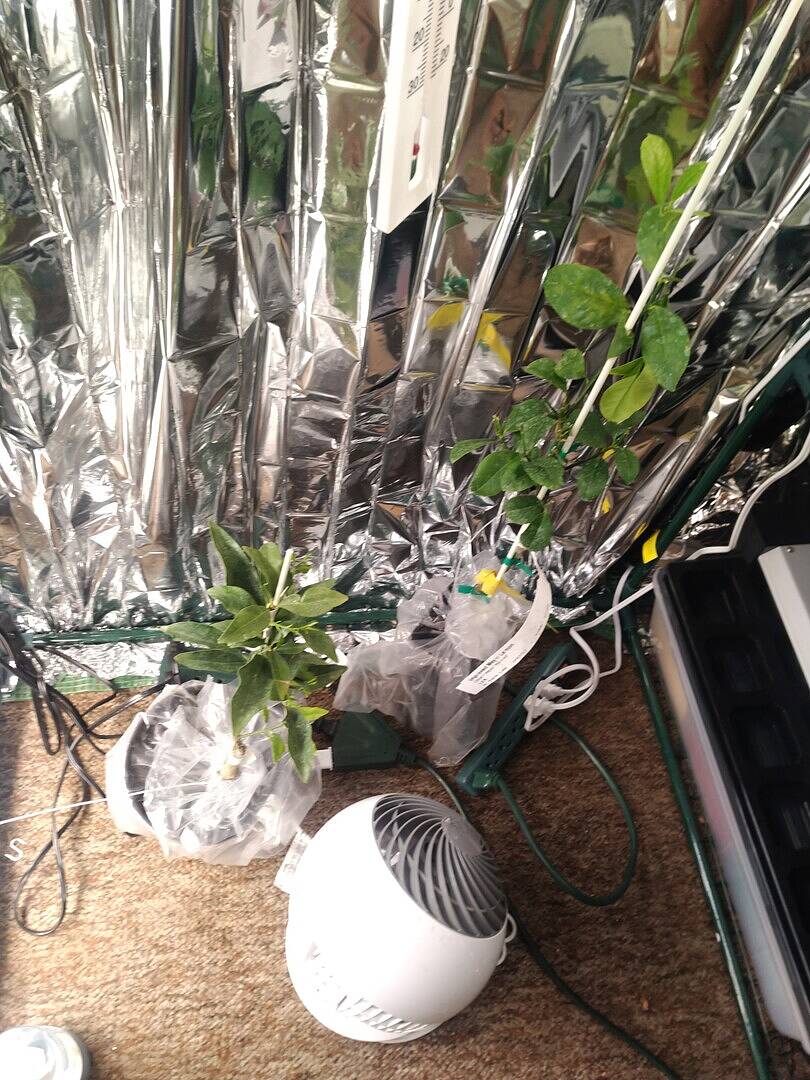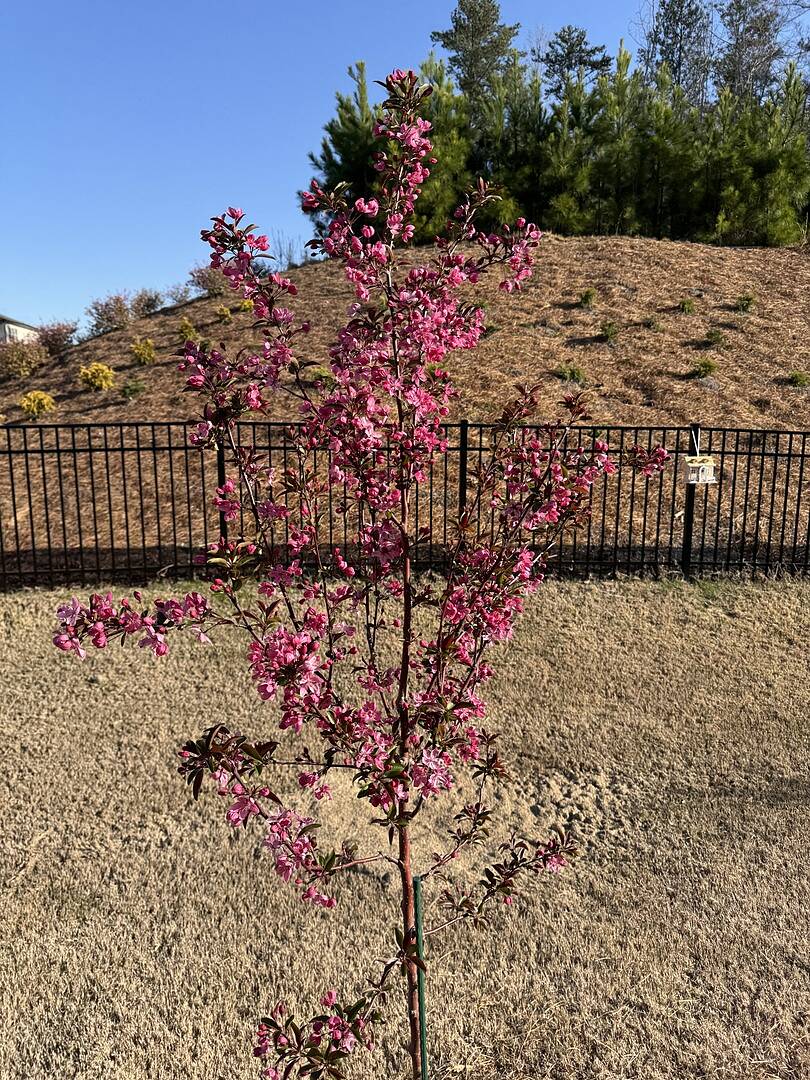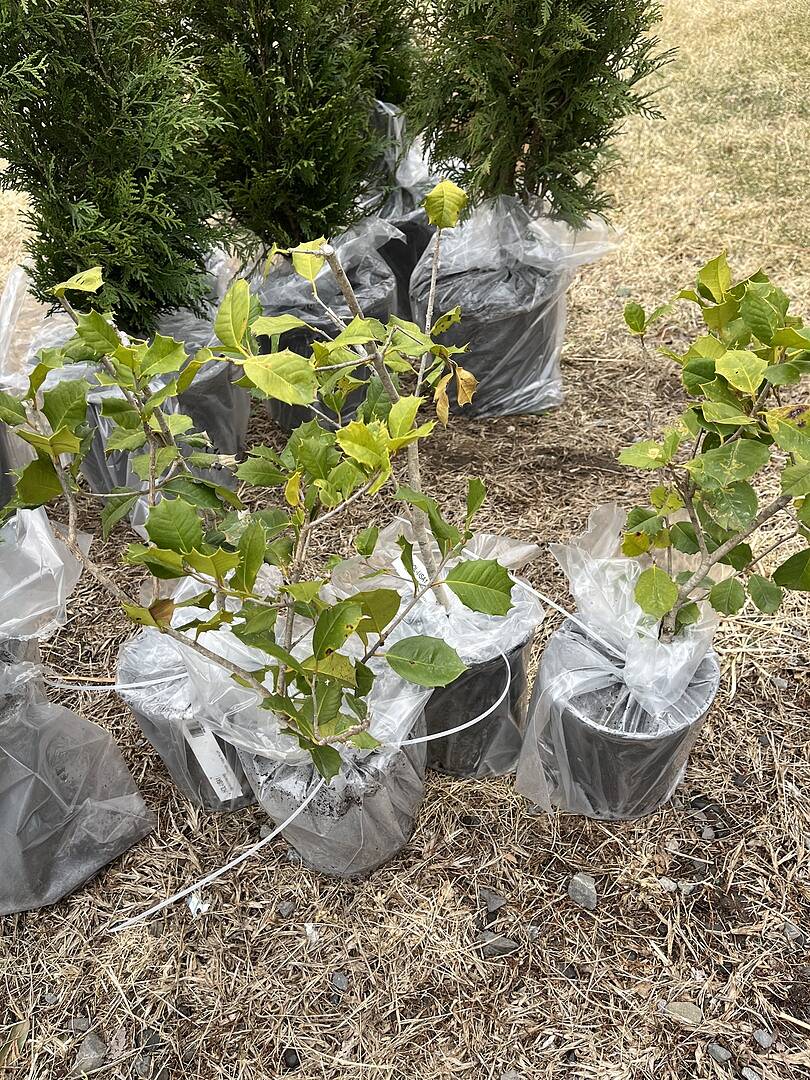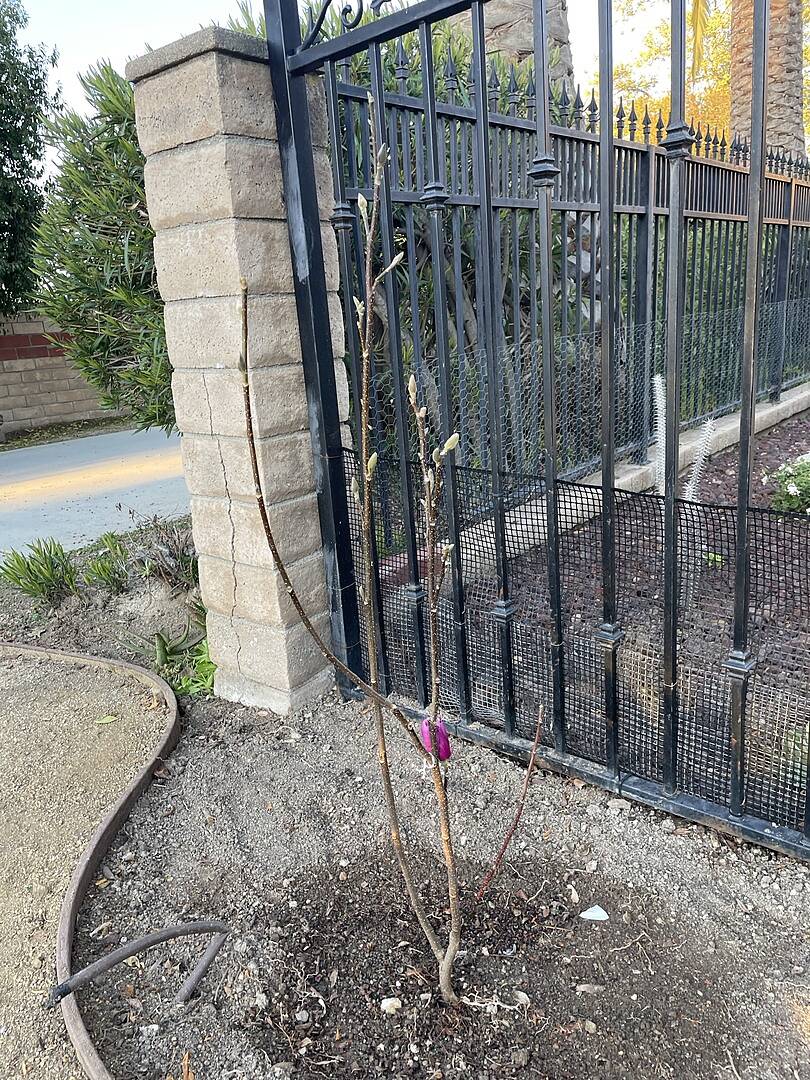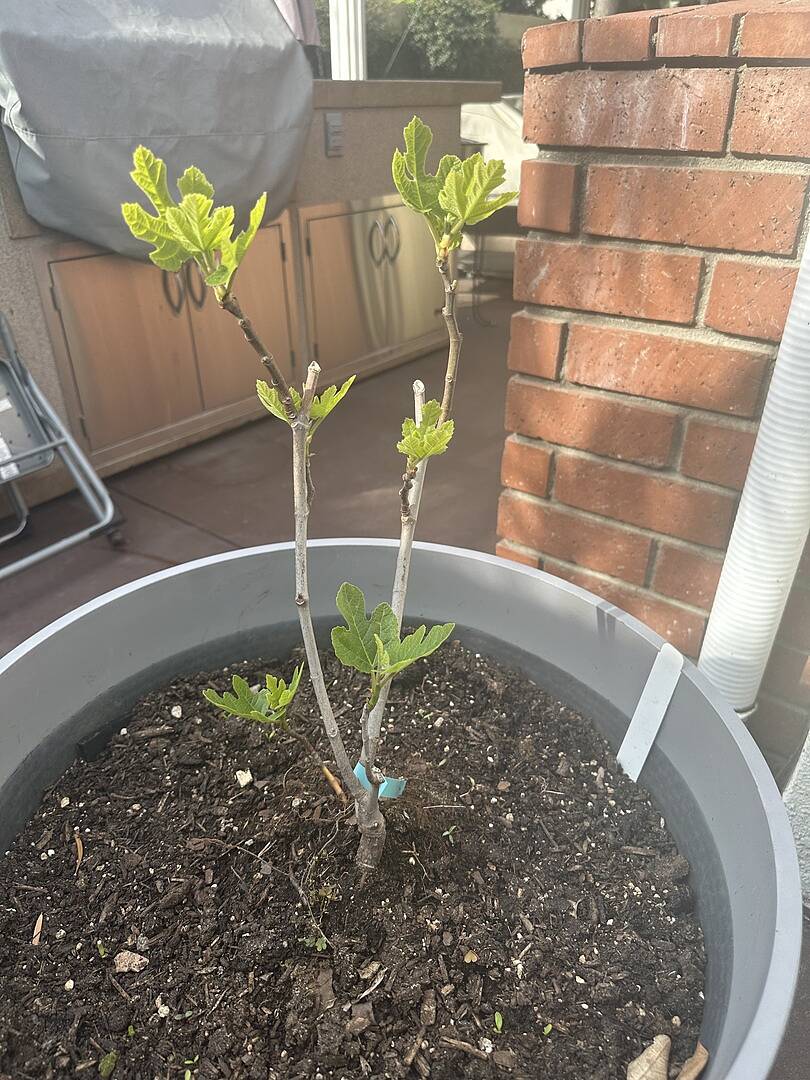Bay Laurel Planting & Care

Last updated: Jun 06 2022

You're probably familiar with bay laurel, most commonly known for its bay leaves, which are a popular herb for flavoring in cooking. What you may not know is what it takes to care for your own bay laurel plants and the benefits of growing them yourself. Let’s dive into everything you need to know about this unique herb and how you can grow your own spice garden, starting with this aromatic plant!
What is Bay Laurel?
Native to the Mediterranean, bay laurel plants are also known as sweet bay, Grecian laurel, or just laurel. These evergreen herbs are slow-growing with glossy green, pointed, oval leaves that have a leathery texture. Potted varieties can remain quite compact in size, from about four to six feet tall, while unpruned landscaped bay laurels can grow to sizes of over sixty feet.
Best known for its use in the kitchen, this plant provides a lovely aroma along with its delightful taste. In the spring, it sprouts small yellow flowers that shift to dark purple berries in the fall. This tree has quite a history, as it’s considered to be one of the oldest cultivated trees. It’s been used in Mediterranean recipes and dishes for many years, becoming a staple in many households now because of its flavor. Let’s read on to see how you can benefit from growing your own bay laurel.
Benefits of Bay Laurel Trees
Why should you grow your own bay laurel tree? Gardening in general is a great way to pass the time, but there are many benefits to growing bay laurel, specifically. When you grow your own, you’re able to:
- Create your own spice garden
- Reduce the number of pesticides and harmful chemicals from store-bought bay leaves
- Make your own bay laurel leaf oil
- Add more greenery to your indoor or outdoor spaces
- Try out new dishes and recipes with bay leaves
- Provide a natural deterrent for pests–you can place a bay leaf in your flour, wheat and rice containers to keep pests away. And even having a bay tree around can repel bugs like flies.
Plus, bay leaves have health properties and benefits for your diet, as well. Here are just a few things they may help with:
- Can ease digestion and help to reduce flatulence
- Can soothe urinary tract infections and dental infections
- Offers antiseptic and bactericidal properties
- May soothe pain caused by a sore throat
- When used with other treatments, it may help to treat flu-related symptoms such as cough, bronchitis, obstructed sinuses, etc.

Where to Grow Bay Laurel Trees in Your Garden
While bay laurels can be grown indoors or outdoors, placement is key. If planting in a potted container, you can bring it indoors so it doesn’t get overwintered in colder climates. When planting outdoors, there are a few things to keep in mind since you won’t be able to transfer it like you would with a pot.
For planting outdoors in Zones 8 to 11, place the tree somewhere it can receive full or partial sunlight. Since this is a slow-growing tree that’s easily pruned, you can plant in a smaller-sized area or smaller container (a 24 inch pot for a 4 to 6 foot tree). When planting any new tree, be sure there are no nearby septic systems or sewer lines.
For gardens, bay laurels are a wonderful addition, since they can easily be cut back in size and complement other herbs and spices you’re growing.
How to Grow Bay Laurel Trees
Once you know where you want to grow your bay laurel, follow our quick steps below for indoor or outdoor planting.
Planting
Outdoors: Plant in an area where it can receive either full or partial sunlight. (Warmer climates will demand some shade for the leaves to reach their best flavor.) Provide it with average garden soil that’s well-draining.
Indoors: Place your potted tree next to a sunny window during winter but away from drafty or heated spaces. (This plant can be moved outdoors in warmer months.) Potted Bay Laurels can use ordinary potting mix as soil.

How to Care for Bay Laurel Trees
Once planted, here’s how you can manage upkeep for your bay laurel tree so it stays thriving and healthy:
Watering
Outdoors: Water frequently during dry spells, but don’t water to the point of oversaturation as this can cause rot. Let the soil dry out partially, but not completely, between waterings.
Indoors: Occasional misting may be needed for necessary humidity.
Fertilizing
Outdoors: Since this is a slow-growing plant, it doesn’t require heavy feeding. However, it’ll still benefit from spring and summer fertilizing to help give it a boost, especially if you want to use your tree for eating and flavoring purposes. Use a balanced, organic fertilizer and follow the label instructions.
Indoors: Potted containers will also benefit from supplemental fertilizer in spring and mid-summer with a balanced, organic fertilizer. It’s also recommended to refresh the soil each spring.
Propagating
As a slow-growing tree, this takes quite some time to germinate from seed and requires patience. Propagation with this variety comes from cuttings or air layering, so use pruners to take these cuttings. You’ll then plant the cutting in a container filled with coarse, moist sand, and cover them loosely with plastic bags and rubber bands. Make sure that the cuttings root in a heated propagator with high humidity or warm location with indirect sunlight. Expect to see results within a month or two where the bags can then be removed and grown outdoors.
Pruning
Outdoors: Although you shouldn’t need to do any major pruning, it’s a good idea to check for any damaged or diseased branches that might need to be removed for health, as the bay laurel can get quite large. You can also prune as needed to maintain a desired size or shape.
Indoors: Potted trees will require more pruning to upkeep size. Pruning from a container is best when the plant is not actively growing, such as late winter or early spring before new growth appears.
How to Harvest Bay Leaves
Harvesting your bay leaves, without damaging the plant, is thankfully pretty simple. If it’s not growing season and you wish to harvest many at once, midsummer is when the leaves are at their peak in terms of essential oils and flavor. During the growing season, harvesting requires you to select the largest bay leaves.
Here are the steps you should take to harvest the leaves for your spice rack:
- Select which large, unblemished bay leaves you’d like to either hand pick or snip off for harvest.
- Once picked, line a baking sheet with paper towels and spread the leaves out.
- Another option is to lay the leaves out on a piece of mesh screen to dry. Make sure they are placed separately, without overlapping.
- Ideally, you should dry the leaves out anywhere between 48-72 hours. If you want your bay leaves to be much drier, leave them in a warm area out of direct sunlight for two weeks.
- When they’re dry, store your bay leaves in an airtight jar or sealed plastic bag out of direct sunlight at a temperature between 65 and 70 F. They’ll keep for up to a year.
For best flavor, drying tempers the natural bitterness that fresh bay leaves possess. Also, while other herbs reach their peak taste when they’re young and tender, the bay leaf’s flavor is more intense as it ages.

Time to Grow Your Own Bay Laurel
Having your own herb garden in your backyard or conveniently in your kitchen will spoil you with delicious harvests of freshly grown herbs! Are you eager to get started on growing your own bay laurel plant? Now that you’ve learned all about them and what they have to offer, you can browse our selection and choose the one best suited to your needs. It’s time to get planting and enjoying!
FAQs

Written by
Sarah Logie
As Content Strategist at FastGrowingTrees.com, Sarah is smitten with words and a fanatic for flowers, particularly cut florals and house plants. With a love for curating compelling content, she also enjoys furthering her plant knowledge along the way! A few of her favorite flowers include hibiscus, hydrangeas, peonies and dahlias.
Sarah’s fondness for plants was cultivated through many childhood trips to Longwood Gardens in southeastern Pennsylvania, as well as through her first job out of college at a floral event design company. In her free time, catch her snapping photos of anything and everything, day-dreaming about interior decor, and enjoying the outdoors any chance she gets.















